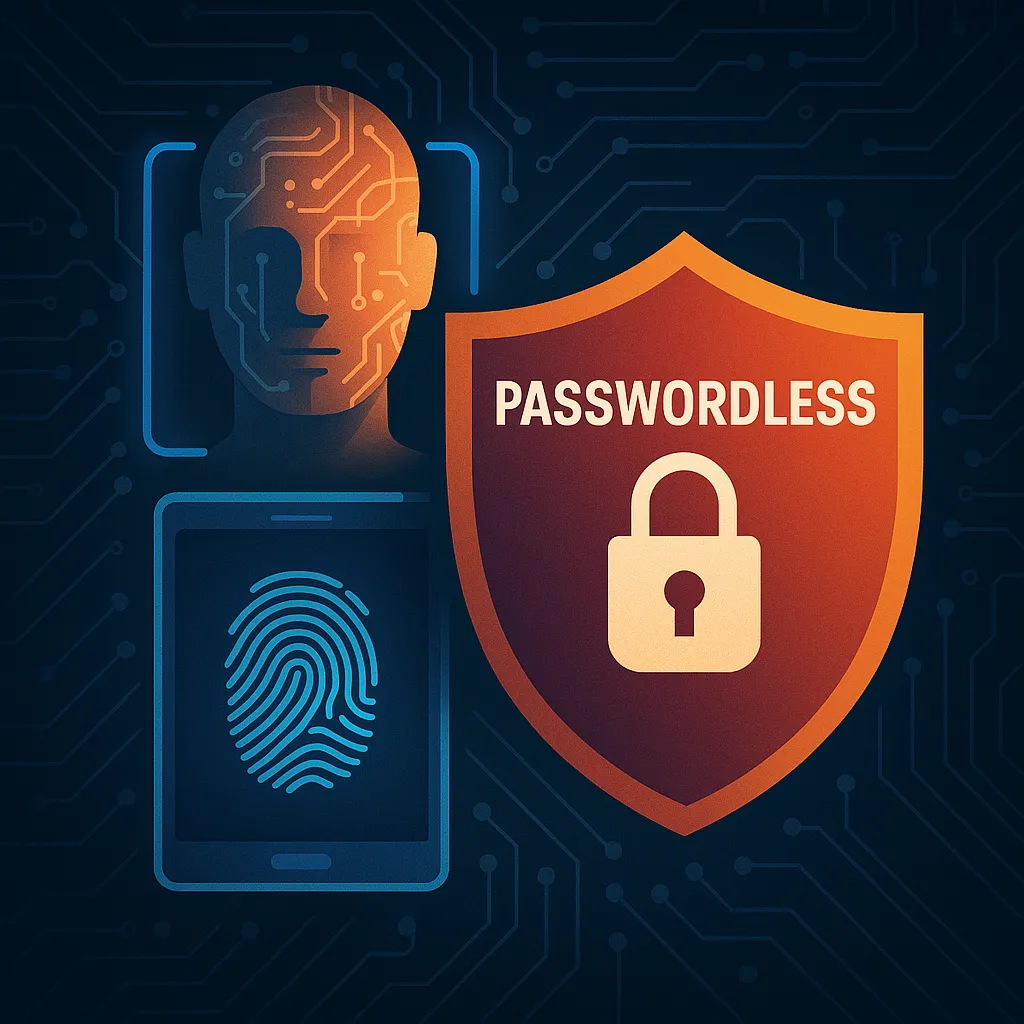Embracing the Future: The Rise of Passwordless Authentication
As the digital landscape evolves, so does the need for robust cybersecurity measures. Passwordless authentication is becoming increasingly popular, offering a promising solution to the problems posed by traditional password-based security. This method not only enhances security but also improves user experience by eliminating the need to remember complex passwords.
Understanding Passwordless Authentication
Passwordless authentication is a method that replaces traditional passwords with more secure and user-friendly authentication factors. These factors can include biometrics, security tokens, or smartphone apps that approve authentication requests. OneLogin, CyberArk, and Microsoft Security highlight the enhanced security and user experience benefits of this approach.
Why Move Away from Passwords?
Traditional passwords are not only difficult to manage but are also a common target for cyber-attacks. Password-based systems are vulnerable to a range of threats, including phishing, brute force, and insider attacks. By removing passwords, passwordless methods decrease the risk of data breaches.
Improved Security Features
Passwordless systems leverage advanced technologies such as biometrics which are significantly harder to replicate or steal compared to traditional passwords. This eliminates many of the vulnerabilities associated with password theft and reuse.
User Experience and Efficiency
Passwordless authentication streamlines the login process. Users can gain access to their accounts quickly and with less friction, which is particularly beneficial in a business environment where time and efficiency are critical.
Implementing Passwordless Authentication
Organizations like Microsoft offer comprehensive guides on implementing passwordless solutions. Key steps include identifying suitable authentication methods for your organization and educating staff about new security protocols.
Choosing the Right Technologies
Choosing the appropriate passwordless technology depends on the specific needs and resources of the organization. Options include biometrics, security keys, or mobile apps that offer multifactor authentication without a traditional password.
Real-World Applications and Outcomes
Many companies have successfully implemented passwordless solutions. For example, tech giants and financial institutions are leading the way, using biometrics and mobile verifications to secure their systems against unauthorized access.
Impact on Cybersecurity
The shift towards passwordless authentication can significantly reduce cyber attack surfaces, making it a critical strategy in the fight against digital threats. This approach not only secures data but also aligns with modern regulatory requirements aimed at strengthening data protection across industries.
Future Trends and Predictions
The adoption of passwordless authentication is expected to grow, driven by advancements in technology and increasing awareness of its benefits. Industry experts predict that within the next decade, passwordless methods will become the standard for securing digital identities.
Conclusion: The Path to Passwordless Security
The journey to passwordless authentication is underway, and its advantages are clear. As businesses and individuals become more aware of the security and convenience benefits, adoption rates are likely to increase, paving the way for a more secure digital world. Embracing passwordless methods today could well be the key to securing tomorrow's digital landscape.

